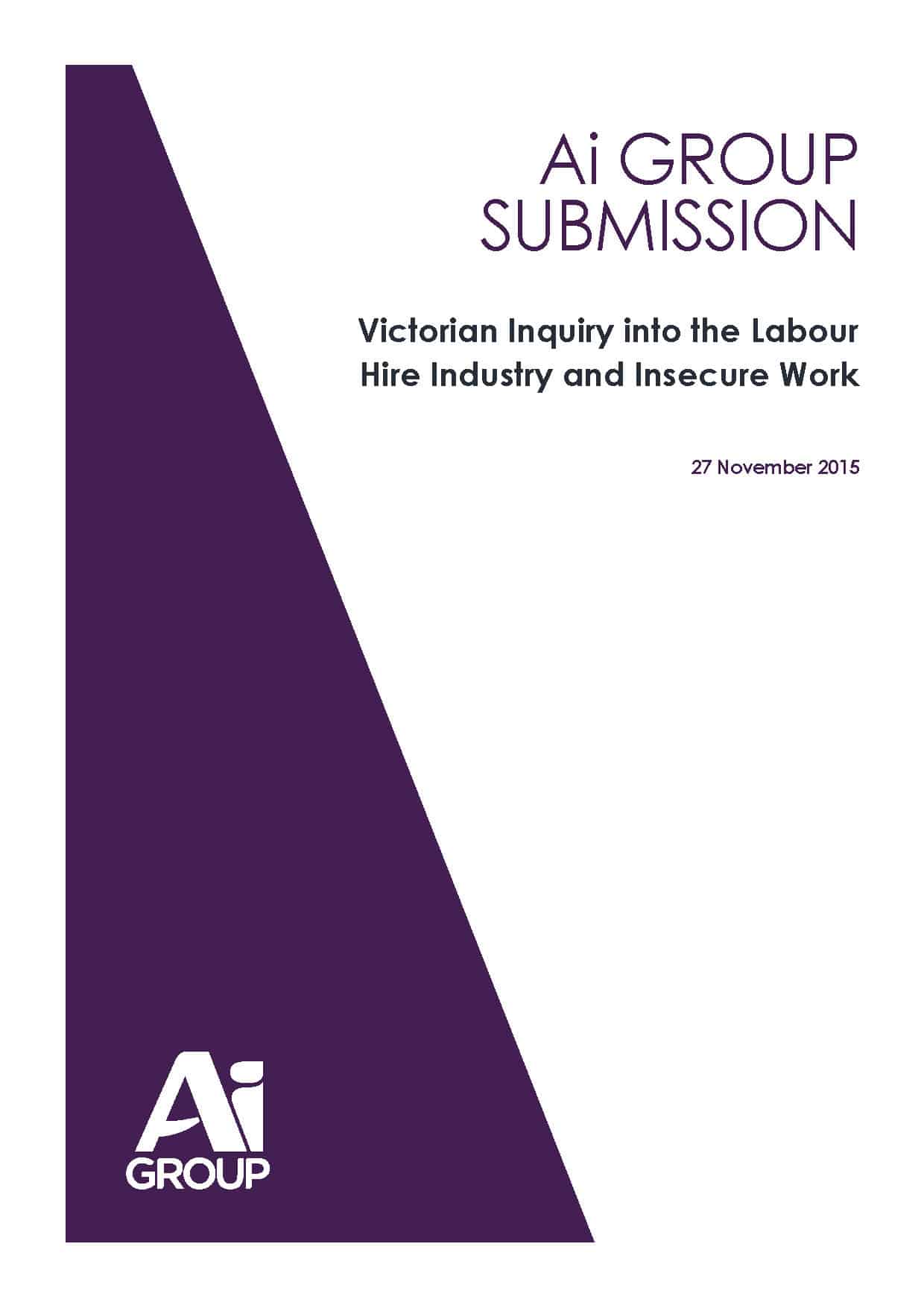 A major motivation for occupational health and safety (OHS) improvements in many businesses is the potential damage to a company’s reputation if someone is injured or killed from the company’s operations. Usually such an event would result in a prosecution by an OHS regulator but prosecution rates are variable and there are an increasing range of options and mechanisms, such as enforceable undertakings, available to companies in order to avoid a prosecution or financial penalty.
A major motivation for occupational health and safety (OHS) improvements in many businesses is the potential damage to a company’s reputation if someone is injured or killed from the company’s operations. Usually such an event would result in a prosecution by an OHS regulator but prosecution rates are variable and there are an increasing range of options and mechanisms, such as enforceable undertakings, available to companies in order to avoid a prosecution or financial penalty.
A new prosecution option has recently gained the attention of the Australian Government and one with which OHS professionals should become familiar as it could spread into their field of operations.

 The public submission phase for the
The public submission phase for the 
 There is no doubt that football fields are the workplaces of professional football players and their support staff. So they are covered by occupational health and safety (OHS) and/or work health and safety (WHS) laws but what does this mean in relation to OHS regulators, and the sportspeople’s employers? Recently
There is no doubt that football fields are the workplaces of professional football players and their support staff. So they are covered by occupational health and safety (OHS) and/or work health and safety (WHS) laws but what does this mean in relation to OHS regulators, and the sportspeople’s employers? Recently